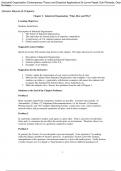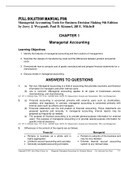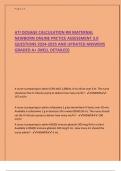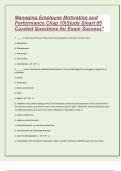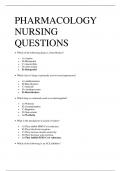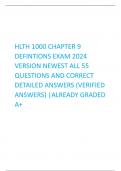Exam (elaborations)
Industrial Organization Contemporary Theory and Empirical Applications 5th Edition By Lynne Pepall, Dan Richards, George Norman (Solution Manual)
- Course
- Institution
Industrial Organization Contemporary Theory and Empirical Applications 5e Lynne Pepall, Dan Richards, George Norman (Solution Manual) Industrial Organization Contemporary Theory and Empirical Applications 5e Lynne Pepall, Dan Richards, George Norman (Solution Manual)
[Show more]
